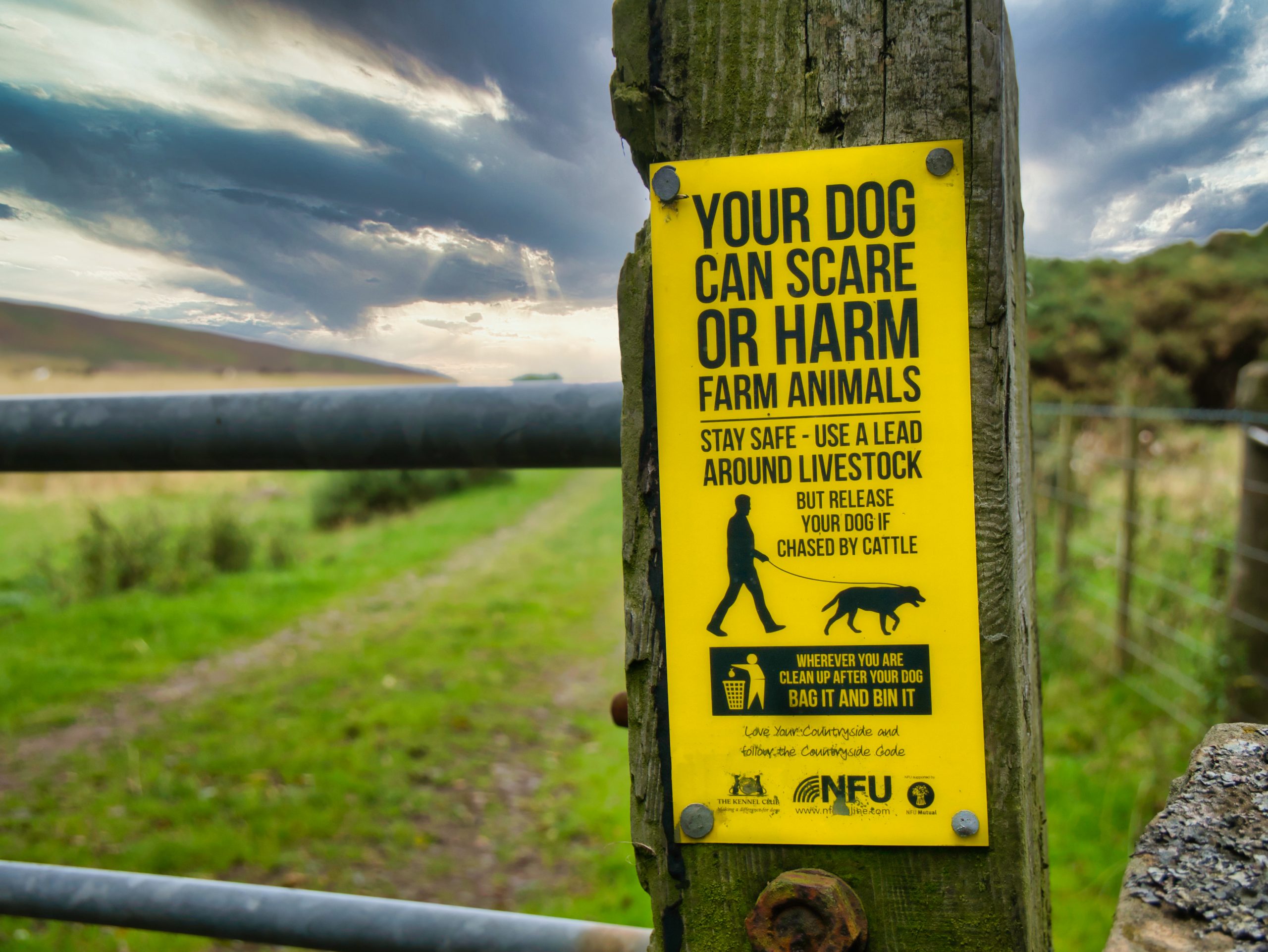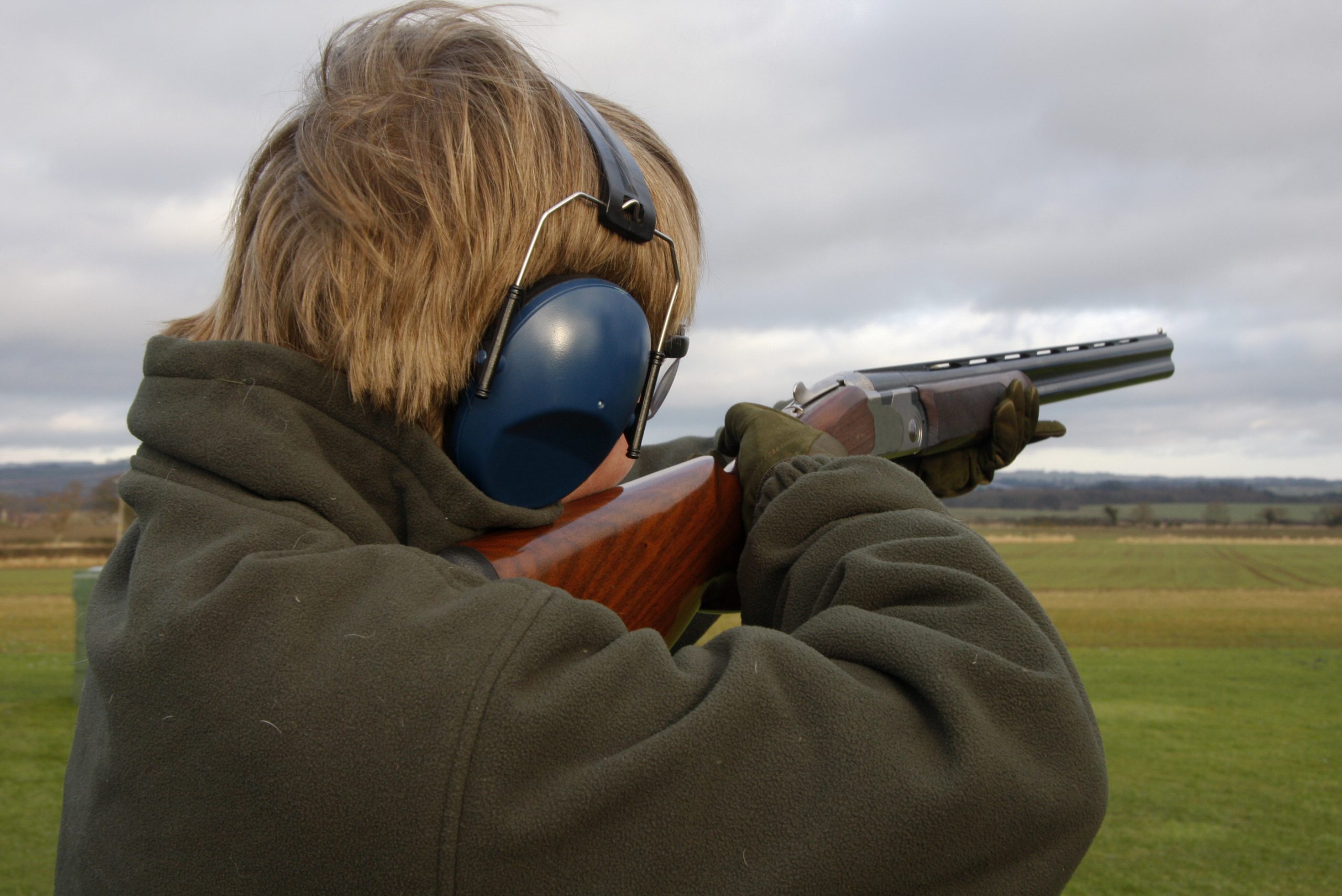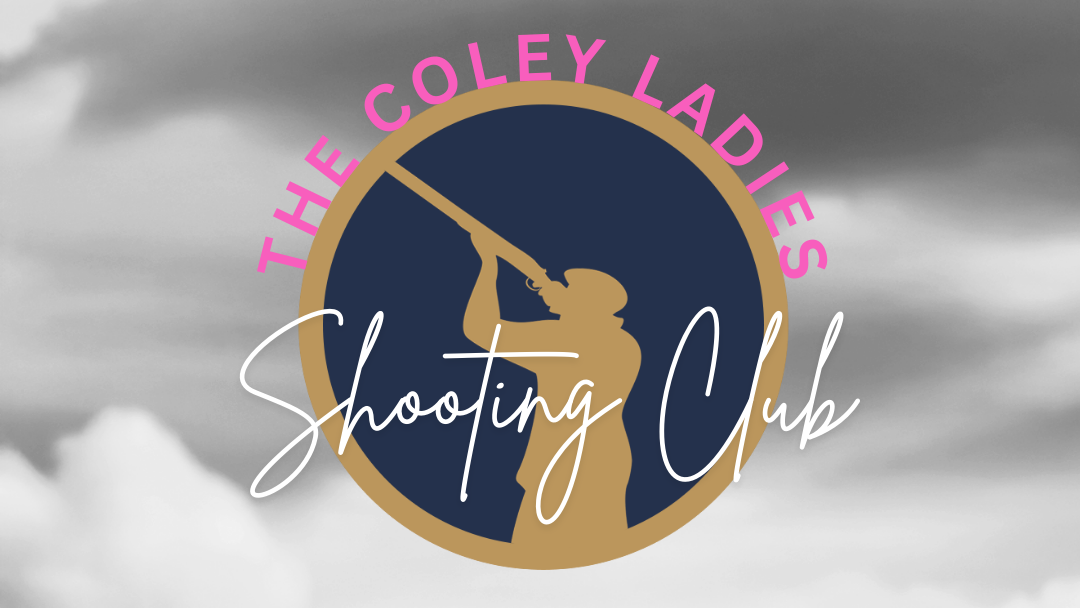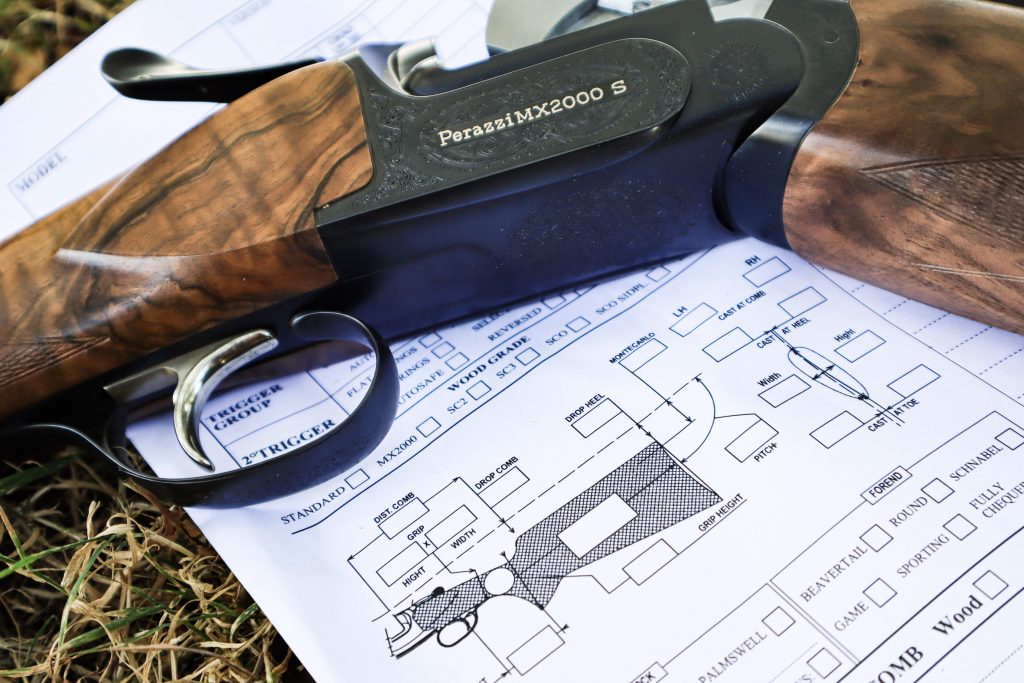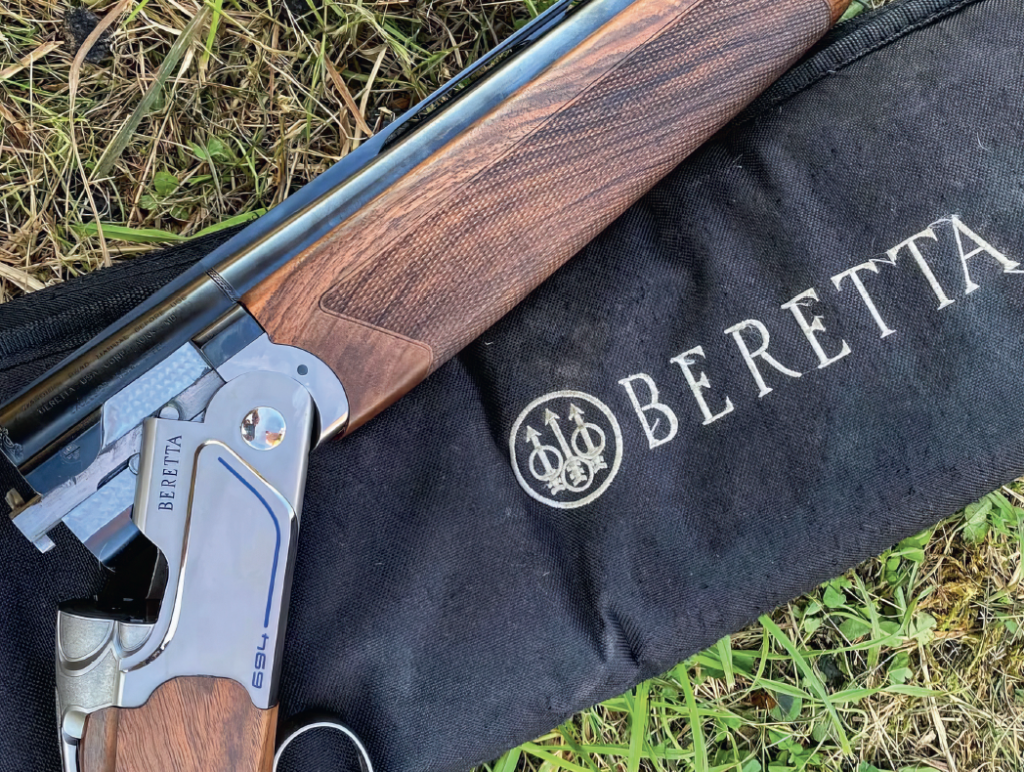The mighty 10
Join Miles Malone on a nostalgic journey with the 10-bore, a shotgun that’s deeply tied to wildfowling’s long heritage and the thrill of marshland shooting
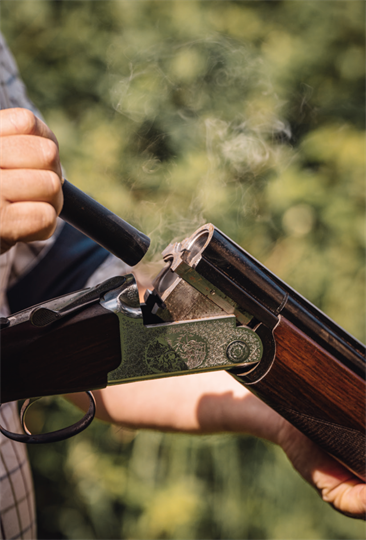
Memories of my early wildfowling days remain sharp, perhaps more so than any other branch of my shooting. The long windswept walk out to a morning flight, cloaked in the pre-dawn darkness, giving way to the eerie, ghostly-grey light emerging from the east. Then settling, crouched at the tideline, listening intently for wing beats or the haunting call of geese, with the marsh waking up around us. Sometimes this calm would be broken by a deep, distant boom followed by a thunderous echo, as a big gun was discharged on some distant marsh. The gullies and creeks would come alive with the alarm calls of disturbed oystercatchers, the hissing wings and whistles of wigeon overhead and the indignant screech of a curlew. Soon all would settle and my imagination would drift, taking me to that distant wildfowler, hidden somewhere among the lonely saltings, with their mighty gun lifted to a passing skein. I visualised the last goose of that skein, wings folded, held momentarily in suspended animation, then descending to the marsh.
Romance of the marsh
These early memories inextricably linked the wild marsh and wildfowling with the romance of those mighty big-bore shotguns, of their history and timeless lore. I was hooked; my mind was made up. Someday I would get my hands on one. The junior member of this special club is the 10-bore, itself dwarfed by the larger 8-bore and the mighty 4-bore.
Since its conception in the 1870s, the 10-bore’s journey has been one of evolution and development tempered with rises and falls in popularity over time. Originally these guns were lighter and built for easy handling, generally chambered for 2in cartridges and a modest 1¼oz load. As with all firearms, there was a constant drive to maximise performance. In 1900 the chambers were extended to 2⅞in and the weight of guns was increased to counter some of the savage recoil from these bigger loads.
This process continued until 1932, when John Olin, owner of the Winchester Firearm Company and dedicated wildfowler, created the 10-bore magnum, capable of firing 2oz loads primarily for goose shooting. This was an engineering challenge, not just because of the increased loads but to enable the use of nitro powders and to handle the increased pressures that resulted. The whole gun needed a rethink and beefing-up to cope. The result was truly deserving of the title of a Big Gun, weighing 10-12lb and delivering a fearsome payload.
It was perhaps this evolution that was also the gauge’s eventual undoing. The 10-bore became a specialist tool that was too heavy and cumbersome for many uses, too powerful for general game shooting, lacking in versatility and, despite the weight, still generating substantial recoil. The progress and innovation with powders and cartridge technology that had enabled the development of the 10-bore magnum also made the 12-bore a more versatile and popular choice. This eventually sounded the death knell of the 10-bore, as shooters could now own a single gun that with different loads could be used for every form of quarry – game, wildfowl, pigeons and vermin.
Despite this turbulent history, the 10-bore maintained a small band of dedicated followers, notably in the USA where this is the largest gauge that can be used legally for what they call waterfowling. With the advent of legislation necessitating non-toxic shot for this use, which occurred earlier across the Atlantic than here in the UK, there was a resurgence in the popularity of the 10-bore as the large, less-dense pellets demanded more cartridge volume. This reversal of fortune was short-lived, however, as the development of 3.5in 12-bore loads soon superseded the need, as did the introduction of bismuth and tungsten shot, with a density closer to that of lead, as an alternative.
My first taste of firing a 10-bore was with a black powder, side-by-side hammer gun on the banks of the Orwell estuary in Suffolk as a child. The gun had been lent to me for the flight by a prominent wildfowler and I took my first goose with it that morning. Such was the smoke generated that for a moment I was uncertain whether my shot had been successful – until I heard the thump of the dead bird hitting the mud beside me.
It was years before another chance arose. It was beside a network of flooding creeks on the Wash that I raised a borrowed over-and-under 10-bore to a high pintail flighting along the encroaching tide line. That magical flight reawakened old yearnings and I began to hunt out a suitable gun for myself.
Which gun?
Choosing which 10-bore was the next consideration. There is a long list of historical British makers – Rigby, Westley Richards, Greener and Thomas Bland, to name but a few – who produced beautiful ‘fowling pieces’ but sadly their prices were well beyond my means. My years of shooting guns with a single sighting plane would make shooting side-by-sides a challenge, ruling out the cheaper yet dependable modern European versions such AYA and Zabala.
My choice therefore rested either with the American-made semi-autos, with models produced by Browning and Remington, or the Lincoln over-and-under. As the price of 10-bore cartridges is eye-watering, and the load options and availability limited, holding onto spent cases and home loading was going to be essential. For this reason the semi-autos were rejected due to their unfortunate habit of spitting spent cartridges into the tidal stream or the deepest mud. I plumped for the Lincoln and soon found one for sale. At last my childhood dream was realised.
No deer stalker would take to the field without first zeroing their rifle. It is now my opinion that no gun should be lifted to game without the shooter having first become used its handling, action and recoil. It takes some time, even for experienced shots, to become accustomed to a new gun and the welfare of our quarry demands that we are competent in its use. A trip to the clay ground helps enormously with the process.
Although shooting clays give no real indication of the killing ability of the gun and cartridge combination, it does allow the shooter to get used to the weight, movement and trigger pull.
For the dedicated wildfowler, I feel there is still very much a place in the cabinet for 10-bore. In practical terms they produce good quality patterns with bigger shot sizes and, reportedly, shorter shot strings than 12-bores firing similar loads.
Wildfowling is really the pursuit of adventure, the romance of those sparse shores. When we feed those large cartridges into the chambers and close the gun in anticipation, we are following a long tradition, a heritage of countless foreshore gunners before us, waiting on tide and time for our chance to pursue wild birds in wild places – and for the big gun to sound.

